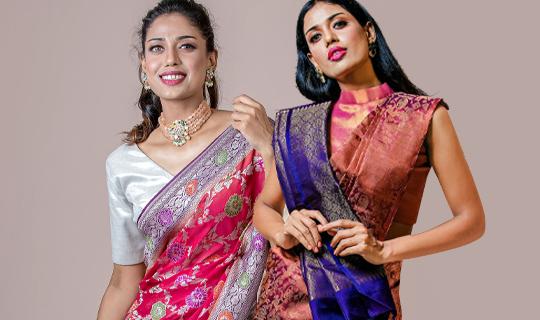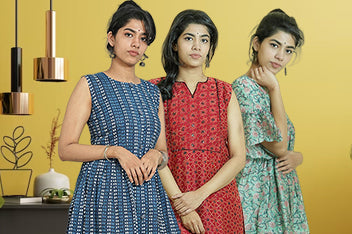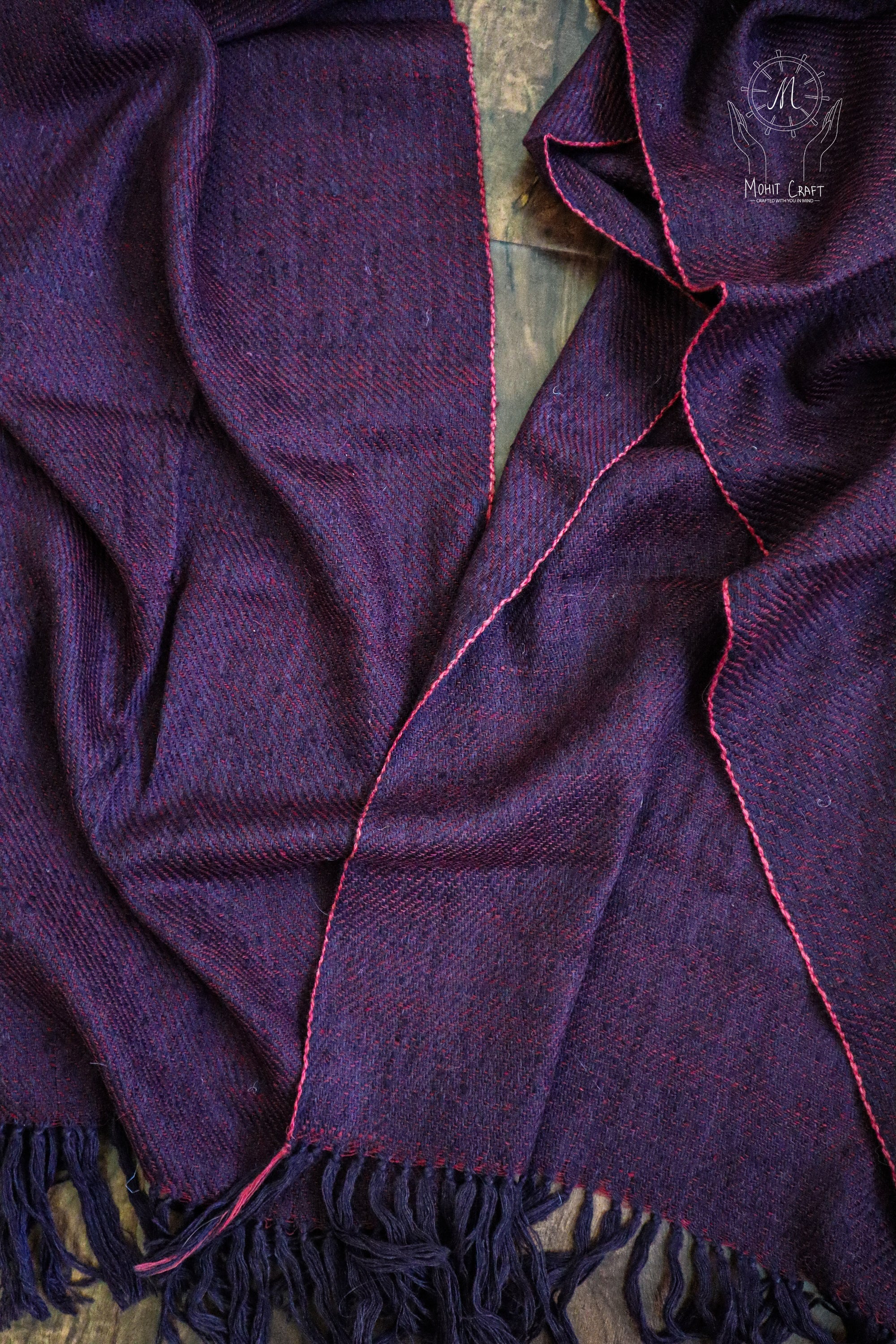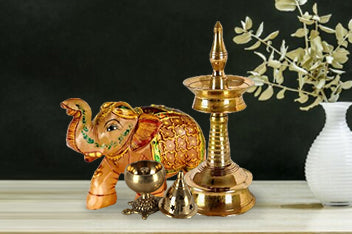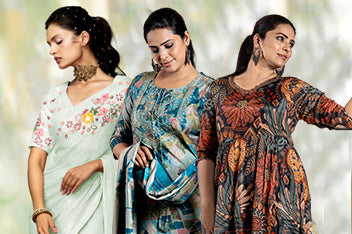Exploring Regional Variations in Indian Fashion

India’s fashion landscape is as diverse and vibrant as its culture, with each region offering its own unique style, textiles, and craftsmanship. From the elegant sarees of the South to the colorful and ornate lehengas of the North, Indian fashion is a rich tapestry of regional variations that reflect the country’s deep-rooted traditions, climate, and cultural influences. For those looking to embrace these styles abroad, finding Indian Ethnic Wear Online in the USA provides a way to connect with and celebrate this rich heritage. Let’s take a journey across India to explore the fascinating regional variations in Indian fashion.
- The Grace of South Indian Sarees
South India is renowned for its exquisite sarees, which are celebrated for their rich textures, intricate designs, and vibrant colors. Some of the most iconic sarees from this region include the Kanjeevaram sarees of Tamil Nadu, known for their lustrous silk and broad, contrasting borders adorned with temple motifs, flowers, and checks. Kerala’s Kasavu saree, with its pristine white or cream body and golden border, is a symbol of simplicity and elegance, especially worn during festive occasions like Onam. The Mysore silk sarees from Karnataka are famous for their smooth texture and sheen, while the Pochampally Ikat sarees from Telangana are distinguished by their unique geometric patterns and vibrant hues.
- The Vibrancy of North Indian Attire
Northern India boasts a wide array of traditional attire that is as diverse as the region itself. The Lehenga Choli, particularly popular in Rajasthan and Gujarat, is a staple for weddings and festivals. These garments are often heavily embellished with intricate embroidery, mirror work, and vibrant colors. In Punjab, the Phulkari dupatta, with its bright, floral embroidery, is a must-have accessory, typically paired with the Punjabi suit. The Banarasi saree from Varanasi is another iconic North Indian garment, known for its rich silk fabric and intricate gold and silver brocade designs. These sarees are often passed down as heirlooms and are a favorite choice for brides.
- The Elegance of East Indian Textiles
Eastern India is home to some of the country’s most exquisite handloom textiles. The Tant sarees of West Bengal are lightweight and airy, perfect for the region’s humid climate, and feature fine cotton threads with intricate borders and pallus. The Baluchari saree, also from West Bengal, is famous for its depictions of mythological scenes and intricate designs woven into the fabric. In Odisha, the Sambalpuri sarees are known for their traditional Ikat patterns, where the threads are tie-dyed before weaving. Assam’s Muga silk sarees are another luxury textile, prized for their natural golden sheen and durability.
- The Richness of West Indian Garments
Western India, particularly Gujarat and Rajasthan, is known for its vibrant and colorful clothing. The Bandhani or Bandhej sarees and dupattas, with their unique tie-dye patterns, are a hallmark of Gujarat and Rajasthan. The Ghagra Choli, adorned with mirror work and embroidery, is another traditional attire from this region, often worn during festivals like Navratri. The Paithani sarees from Maharashtra, woven from fine silk and adorned with real gold and silver threads, are a symbol of wealth and tradition, often featuring intricate peacock and floral motifs.
- The Diversity of Central Indian Attire
Central India offers a blend of styles influenced by both North and South India. The Chanderi sarees from Madhya Pradesh are known for their lightweight silk and cotton fabric, with delicate zari work that gives them a subtle yet elegant appearance. The Maheshwari sarees, also from Madhya Pradesh, are another popular choice, featuring striped or checkered patterns with reversible borders that can be worn on both sides. These sarees are known for their simplicity and are often adorned with motifs inspired by the region’s flora and fauna.
Indian fashion is a celebration of the country’s diversity, with each region contributing its own unique styles, textiles, and traditions. Whether it’s the vibrant colors of North Indian lehengas, the elegance of South Indian sarees, or the rich handloom textiles of the East and West, Indian fashion is a reflection of the country’s rich cultural heritage. Exploring these regional variations not only allows us to appreciate the craftsmanship and artistry behind each garment but also offers a deeper understanding of India’s cultural diversity. For those looking to embrace Indian fashion abroad, you can shop Indian clothes online in the USA to find a fusion of tradition and modernity that is uniquely Indian.
